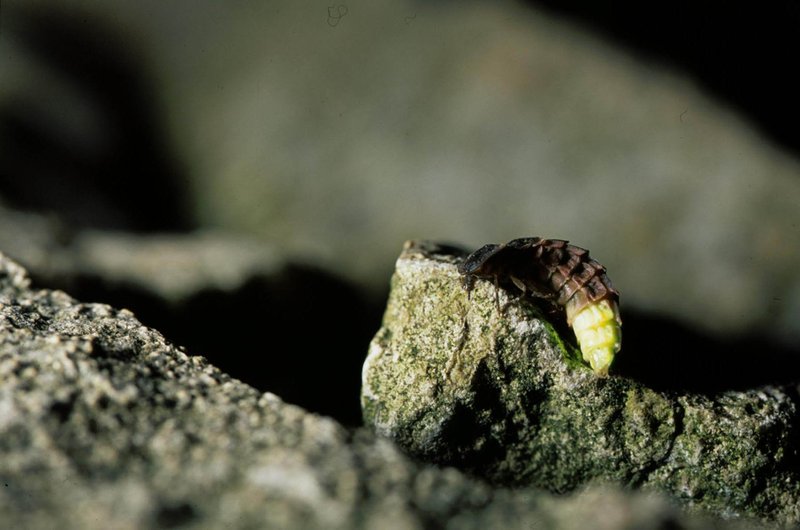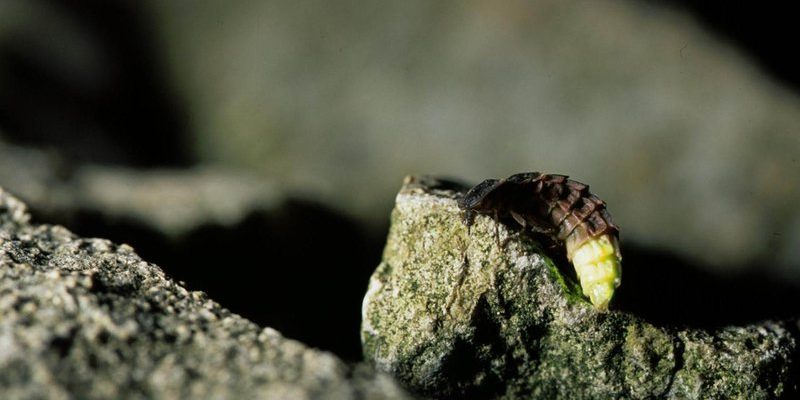
Imagine sitting in a cozy café, sipping your favorite drink, while discussing the different ways scientists do this. The methods they use can be quite innovative, combining technology with old-school counting techniques. Each approach has its strengths and weaknesses, much like choosing between your morning coffee or tea. So, let’s dive into the world of glow worm monitoring together and explore the methods that help us keep a close eye on these enchanting insects.
Traditional Observation Techniques
One of the oldest methods for monitoring glow worm populations is simply observing them in their natural habitats. Researchers might head out at night, armed with flashlights and notebooks, to count the glow worms they see. This approach sounds straightforward, right? But here’s the thing: it requires a lot of patience and a keen eye. Scientists often have to visit the same locations multiple times to get an accurate count.
During these nighttime excursions, researchers look for specific patterns in the glow of these worms. For example, a dense cluster of glowing individuals might indicate a thriving population, whereas sparse lighting could signal a decline. These observations can provide valuable insights, but they also come with challenges. Weather conditions, like rain or heavy winds, can affect glow worm visibility, making counts less reliable.
Moreover, traditional observation methods can be time-consuming. Counting glow worms in larger areas requires careful planning. Scientists often need to establish fixed observation points to ensure consistency in their data collection.
Light Traps and Their Usage
Another exciting method for monitoring glow worm populations involves using light traps. This technique might remind you of a bug zapper at a summer barbecue. Essentially, light traps attract glow worms using specific wavelengths of light, allowing researchers to collect and count them in a more controlled environment.
These traps are strategically placed in known glow worm habitats. When the light attracts the worms, they get caught, making it easier for scientists to tally how many individuals are present. Light traps can also help researchers gather data about the size of the glow worm population and their distribution.
But keep in mind that, while effective, light traps can also disrupt the worms’ natural behaviors. For example, when glow worms are collected, it might affect their breeding patterns. So, scientists must use this method carefully, balancing the need for data with the health of the population.
Field Surveys and Sampling Techniques
Field surveys are another crucial strategy for monitoring glow worm populations. This technique involves systematically sampling different areas in a habitat to provide a more comprehensive picture of the glow worm population. Think of it as taking random snapshots in a bustling city—each photograph reveals a little more about the whole.
During a field survey, scientists often set up specific plots within a larger area. They may count the number of glow worms in these plots and then extrapolate that data to estimate the population for the entire habitat. This method helps researchers understand patterns like population density and distribution, which are essential for conservation efforts.
One of the benefits of field surveys is that they can be done at different times of the year. By tracking changes over seasons, researchers can identify trends in the glow worm population. For instance, if fewer glow worms are spotted in a particular area in spring, it could indicate a problem that needs further investigation.
Remote Sensing Technologies
As technology advances, scientists are turning to more innovative methods for monitoring glow worm populations. One such approach involves remote sensing technologies. Picture drones flying over landscapes, equipped with cameras that can detect the soft glow of glow worms from above. This high-tech method can cover large areas quickly, providing data that might take traditional methods much longer to gather.
These remote sensing tools can capture images and analyze light intensity, helping researchers identify glow worm habitats without directly disturbing them. By processing this data, scientists can map out where glow worms are thriving and where they might be in trouble. This approach is especially valuable for monitoring populations in hard-to-reach areas, like steep cliffs or dense forests.
However, using remote sensing technologies does come with its own set of challenges. For one, the equipment can be expensive and requires technical expertise to operate. Plus, factors like weather conditions can affect the quality of the data collected. Still, the benefits of obtaining large volumes of data quickly make remote sensing a promising avenue for glow worm population monitoring.
Environmental DNA (eDNA) Analysis
You might be surprised to learn that scientists can also monitor glow worms through environmental DNA (eDNA) analysis. This cutting-edge technique allows researchers to collect samples of soil or water from glow worm habitats and analyze them for genetic material shed by the worms. It’s a bit like detective work—looking for clues left behind to find out who’s living there.
To collect eDNA samples, researchers often take soil samples from various locations within a glow worm habitat. Once they have the samples, they analyze the DNA to identify the presence of glow worms. This method is particularly helpful in areas where glow worms might be elusive or difficult to spot through traditional methods.
Using eDNA analysis offers a non-invasive approach to population monitoring, which is great because it minimizes the impact on the glow worms themselves. However, it’s important to note that eDNA analysis is still a developing field. There are challenges in handling and interpreting the data, and researchers need to ensure they’re accurately identifying the species present.
Combining Methods for Better Insights
As you can see, glow worm population monitoring isn’t a one-size-fits-all approach. Each method has its strengths and weaknesses. So, researchers often choose to combine different monitoring techniques for more comprehensive insights.
For example, they might use traditional observation methods alongside eDNA analysis to get a fuller picture of the population. By corroborating findings from multiple sources, scientists can enhance their understanding and make more informed decisions regarding conservation strategies.
This combination approach not only improves accuracy but also allows researchers to account for factors that may affect glow worm visibility or population dynamics. Moreover, using multiple methods can help ensure data validity, providing a clearer foundation for future studies and conservation efforts.
Why Monitoring Glow Worm Populations Matters
So, why go to all this trouble to monitor glow worm populations? You might be surprised at how important these little creatures are to our ecosystems. Glow worms are part of the food web, serving as prey for various animals and playing a role in nutrient cycling within their habitats. Their presence can also indicate the health of the environment; if glow worm populations decline, it might signal broader ecological issues, like habitat loss or pollution.
By keeping a close eye on glow worms, researchers can help promote conservation efforts and protect their natural habitats. This is especially important as many glow worm species face threats from climate change and human activity. Monitoring these populations not only helps scientists understand their needs but also encourages the preservation of the areas in which they thrive.
In conclusion, glow worm population monitoring is a vital aspect of understanding and conserving these enchanting creatures. From traditional observation techniques to advanced remote sensing technologies, various methods provide insights into their populations and health. With ongoing research and combined efforts, we can ensure that glow worms continue to dance in our night skies for generations to come.

